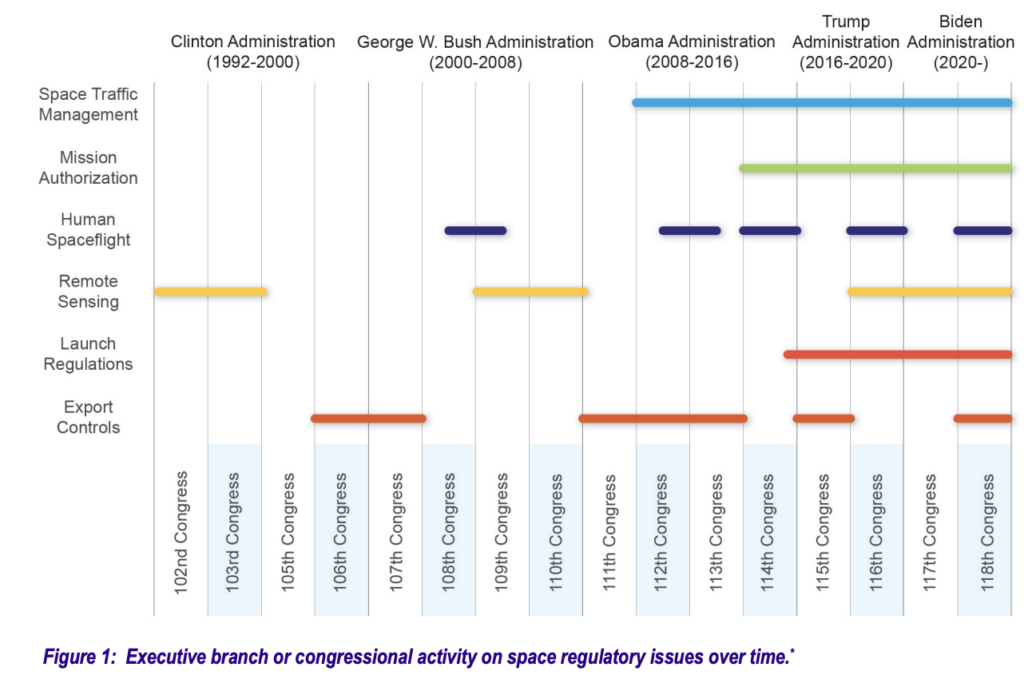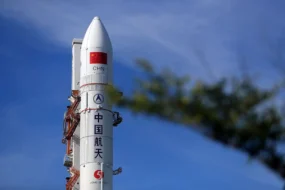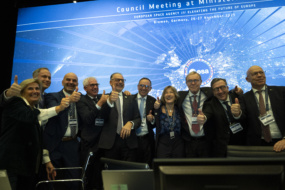Incoming US policymakers must slash regulatory red tape and boost investment in commercial space tech, according to recommendations made by a top federally funded research and development center.
The Aerospace Corporation’s Center for Space Policy & Strategy released Space Agenda 2025, a series of 16 papers that call for lawmakers to take action on policy, commercial, and national security challenges facing the US in space today.
At risk: The report claims that the complex regulatory environment is hampering innovation and growth in the commercial space sector, enabling other countries to catch up with, or even surpass, the US.

Current regulations were designed for an era of infrequent government launches and missions. Now, they are struggling to keep pace with commercial space innovation in areas ranging from space traffic management to mission authorization to remote sensing.
“Each of these areas have attempted reforms by multiple administrations and Congresses in the last 30 years,” Brian Weeden, a senior analyst at the Aerospace Corporation, told reporters. “There have been important successes…, but many of the other attempts…did not lead to better outcomes—that’s why we’ve seen these issues brought up again and again.”
Danger zone: Weeden warned that the continued lack of regulatory modernization will lead to at least one of three potential failure outcomes: a lack of certainty, overly cumbersome regulations, or a lack of sufficient government oversight.
“While we recognize this is difficult, we are running out of road to kick this can down,” Weeden said. “The next administration needs to not only examine all of these issues, but they need to take action. This needs to happen early in the term.”
Ebbs and flows: After growing steadily and reaching its peak in 2021, VC investment has plummeted by nearly 50% in the last three years.

The decrease of private investment presents DoD with an opportunity to become a key investor in the commercial space ecosystem.
“Our folks looked at approximately 150 commercial space-based remote sensing companies to identify how many would be profitable in the absence of government revenue—and the answer was very few, if any,” said Sam Wilson, a senior policy analyst at the Aerospace Corporation.
Continued reading: You can go more in depth and read the 16 papers on the Aerospace Corporation’s website.




